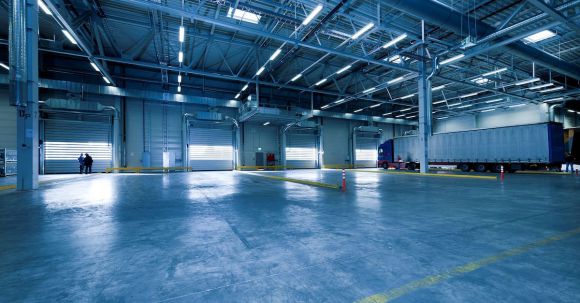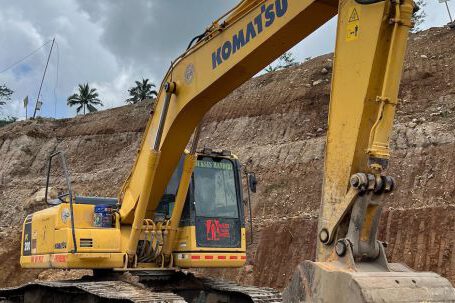The construction sector is responsible for the vast majority of the world’s infrastructure, from bridges and roads to homes and buildings. However, this industry has traditionally relied on diesel-powered construction equipment, which not only produces harmful emissions but also has a high operational cost. This has been an area of focus for the industry as it looks to reduce its environmental impact while improving efficiency and cost savings. The introduction of electric construction equipment is a promising solution, but it also presents a number of challenges and opportunities.
The Benefits of Electric Equipment
The use of electric construction equipment offers a number of benefits, including reduced emissions, improved efficiency, and lower operational costs. Electric equipment is powered by batteries rather than diesel, and this eliminates the need for fuel, significantly reducing emissions. In addition, electric equipment is typically more efficient than its diesel counterparts, as it has a more direct power source and is less prone to breakdowns. Finally, electric equipment is typically cheaper to maintain and operate than diesel equipment, which can lead to significant cost savings.
Challenges Faced in Implementing Electric Equipment
Despite the numerous benefits of electric construction equipment, there are a number of challenges that need to be addressed in order to make it a viable option for the industry. One of the biggest challenges is the cost of the equipment itself. Electric equipment is more expensive than its diesel counterpart, and this can be a barrier to adoption. In addition, electric equipment requires batteries, which add to the cost and also need to be replaced regularly.
Another challenge is the availability of charging infrastructure. Electric equipment requires charging stations in order to operate, and these need to be accessible to the construction site. This can be difficult in some areas, and it can add to the cost of implementing electric equipment.
Finally, there is the issue of durability. Electric equipment may not be able to perform as well as diesel equipment in some environments, and this can be a concern for those using the equipment in harsh conditions.
Opportunities of Implementing Electric Equipment
Despite the challenges of implementing electric construction equipment, there are a number of opportunities that can be explored. One of the main opportunities is the potential for cost savings. Electric equipment is generally cheaper to maintain and operate than its diesel counterpart, and this can lead to significant cost savings over the long term.
Another opportunity is the potential for increased efficiency. Electric equipment typically has a more direct power source, and this can lead to improved performance and greater efficiency. In addition, electric equipment is less prone to breakdowns, which can reduce downtime and improve productivity.
Finally, there is the potential to reduce emissions. Electric equipment does not produce harmful emissions, and this can lead to a reduction in air pollution and improved air quality. This is an important factor, and it can be a powerful motivator for those looking to reduce their environmental impact.
Conclusion
The introduction of electric construction equipment is a promising solution for the industry, as it offers a number of benefits, including reduced emissions, improved efficiency, and lower operational costs. However, there are a number of challenges that need to be addressed in order to make it a viable option, including the cost of the equipment, availability of charging infrastructure, and durability issues. Despite these challenges, there are also a number of opportunities that can be explored, including cost savings, increased efficiency, and reduced emissions. The key is to identify the most effective solutions and develop a strategy for implementation.






